Inbox and Environment News: Issue 370
August 5 - 11, 2018: Issue 370
Katandra Season 2018

Pittwater Reserves
PNHA Newsletter 76

Friends Of Narrabeen Lagoon Catchment August 2018 Forum
 Next forum: Creeks in the Catchment
Next forum: Creeks in the CatchmentGreen buildings easier to find

Sydney Science Festival: Tiny Ocean Plants with Eva Fernandez

Marine Aquaculture Strategy
- provides a regulatory and industry best practice framework for NSW marine waters aquaculture to develop sustainably
- provides a platform for the government to identify suitable marine aquaculture areas
- defines the development approval and assessment processes
- provides guidance to industry and consent authorities to prepare and assess applications for aquaculture development
- provides the community and stakeholders with relevant advice to inform them about sustainable marine waters aquaculture
- avoids ad hoc aquaculture development in NSW.
9 Million More Ways To Save Threatened Species
Tuesday June 26, 2018: NSW Minister for the Environment, The Hon. Gabrielle Upton
The NSW Government has put $9 million on the table to deliver more local projects to save threatened species.
"This is the first time this scale of funding has been available to the community from the Saving our Species (SOS) program," Environment Minister Gabrielle Upton said.
"The new grants program is designed to maximise the number of species that can be secured in the wild under the NSW Government's Saving our Species initiative.
"Saving our Species is investing $100 million over five years to secure populations of threatened species in the wild. Projects are currently in place for some 350 species. Applications open today and I encourage groups to apply for funding for local projects," Ms Upton said.
"By creating long-term partnerships between the NSW Government, community groups and other organisations, more threatened plants and animals can be managed and supported. All applicants are strongly encouraged to develop and deliver projects with other collaborating partners."
Minister Upton announced the grant funding at a function for the Foundation for National Parks and Wildlife held in Manly today.
"This grant is a tremendous opportunity for community groups and organisations to identify a threatened or iconic species and seek shared funding for a project," said the Member for Manly, James Griffin.
"Here in Manly, native animals such as the Long Nosed Potoroo on North Head have benefitted from Save our Species funded programs.
"It's a win for the community, a win for the environment and, most importantly, it's a win for animals facing the threat of extinction," he said.
Under the program individual grants of up to $350,000 are available for projects that will run for 7 years and will require a contribution from the successful organisation and project partners.
Applications are open from 26 June – 13 August 2018.
More information and forms on the: Saving Our Species Contestable Grants Program 2018 webpage
Friends Of Narrabeen Lagoon Catchment Activities

Bushcare in Pittwater
Where we work Which day What time
Avalon
Angophora Reserve 3rd Sunday 8:30 - 11:30am
Avalon Dunes 1st Sunday 8:30 - 11:30am
Avalon Golf Course 2nd Wednesday 3 - 5:30pm
Careel Creek 4th Saturday 8:30 - 11:30am
Toongari Reserve 3rd Saturday 9 - 12noon (8 - 11am in summer)
Bangalley Headland 2nd Sunday 9 to 12noon
Bayview
Winnererremy Bay 4th Sunday 9 to 12noon
Bilgola
North Bilgola Beach 3rd Monday 9 - 12noon
Algona Reserve 1st Saturday 9 - 12noon
Plateau Park 1st Friday 8:30 - 11:30am
Church Point
Browns Bay Reserve 1st Tuesday 9 - 12noon
McCarrs Creek Reserve Contact Bushcare Officer To be confirmed
Clareville
Old Wharf Reserve 3rd Saturday 8 - 11am
Elanora
Kundibah Reserve 4th Sunday 8:30 - 11:30am
Mona Vale
Mona Vale Beach Basin 1st Saturday 8 - 11am
Mona Vale Dunes 2nd Saturday+3rd Thursday 8:30 - 11:30am
Newport
Bungan Beach 4th Sunday 9 - 12noon
Crescent Reserve 3rd Sunday 9 - 12noon
North Newport Beach 4th Saturday 8:30 - 11:30am
Porter Reserve 2nd Saturday 8 - 11am
North Narrabeen
Irrawong Reserve 2nd Saturday 2 - 5pm
Palm Beach
North Palm Beach Dunes 3rd Saturday 9 - 12noon
Scotland Island
Catherine Park 2nd Sunday 10 - 12:30pm
Elizabeth Park 1st Saturday 9 - 12noon
Pathilda Reserve 3rd Saturday 9 - 12noon
Warriewood
Warriewood Wetlands 1st Sunday 8:30 - 11:30am
Whale Beach
Norma Park 1st Friday 9 - 12noon
Western Foreshores
Coopers Point, Elvina Bay 2nd Sunday 10 - 1pm
Rocky Point, Elvina Bay 1st Monday 9 - 12noon
Climate change-driven droughts are getting hotter, study finds

Winter wattle appearing in Pittwater Means Spring is on its way!
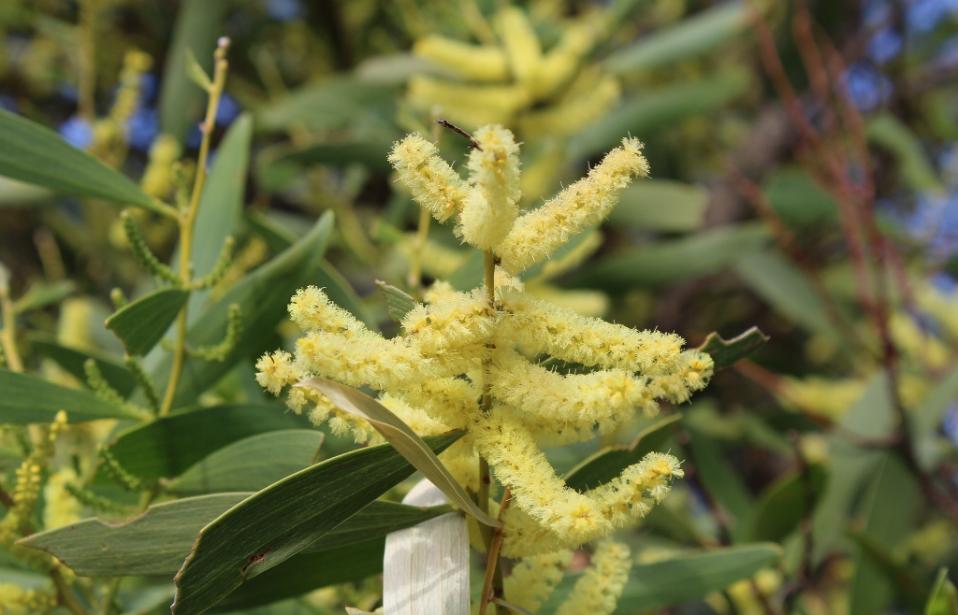
Reminder: Local Fauna Gets Thirsty in Winter Too
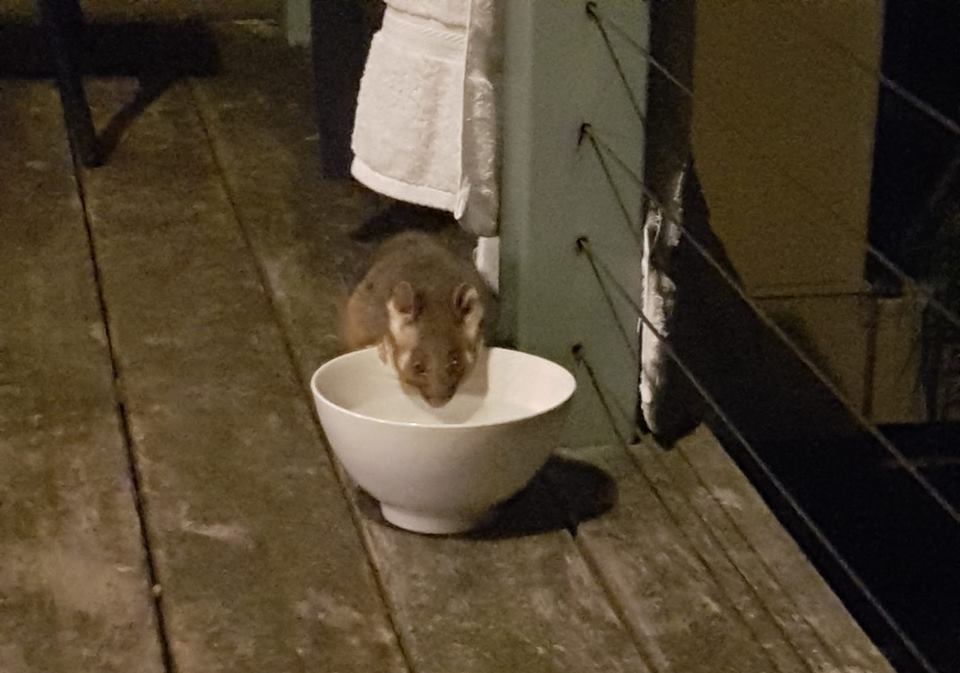
Should you share data of threatened species?
Or should you decline a nature selfie to save exotics from the hordes?
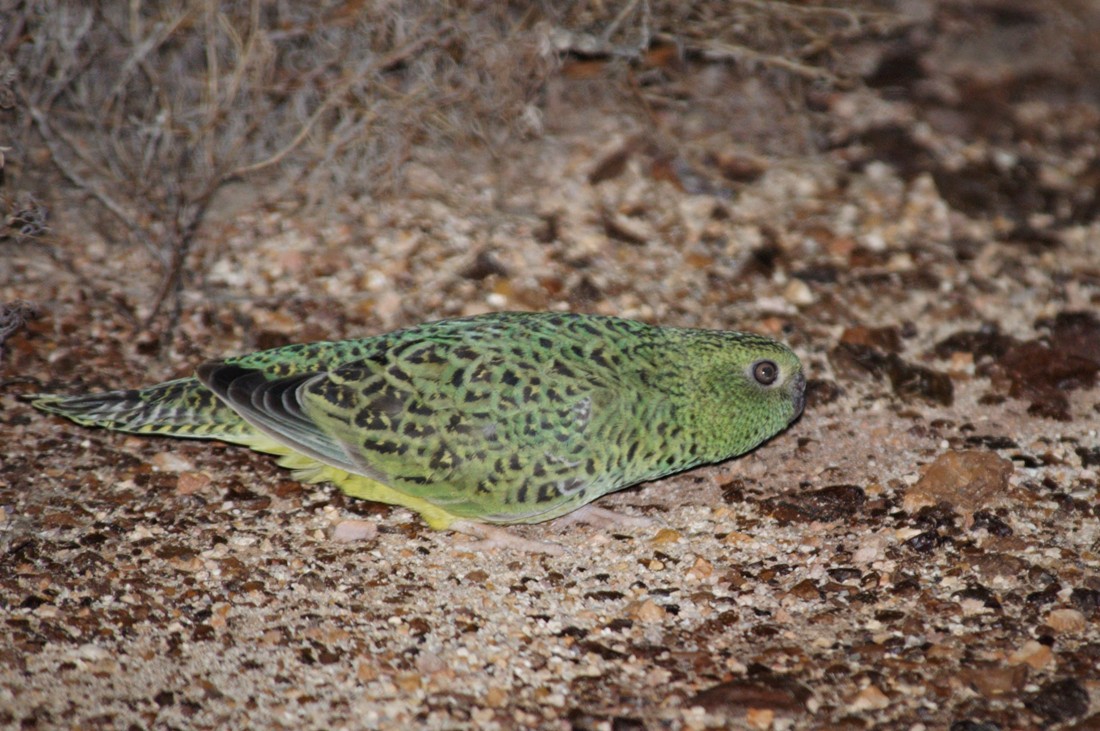
Appointment of Australian Public Service Commissioner
Newport Community Garden: Working Bee Second Sunday of the month
 Newport Community Gardens Inc. is a not for profit incorporated association. The garden is in Woolcott Reserve.
Newport Community Gardens Inc. is a not for profit incorporated association. The garden is in Woolcott Reserve.Australia opposed to commercial whaling proposal
Australia facing extremely intense rain storms
- Extreme daily rainfall events are increasing as would be expected from the levels of regional or global warming that we are experiencing
- the amount of water falling in hourly rain storms (for example thunderstorms) is increasing at a rate 2 to 3 times higher than expected, with the most extreme events showing the largest increases.
- this large increase has implications for the frequency and severity of flash floods, particularly if the rate stays the same into the future.
Entries open for 2018 NSW Farmers of the Year Award
Stem cell research for cystic fibrosis leaps forward
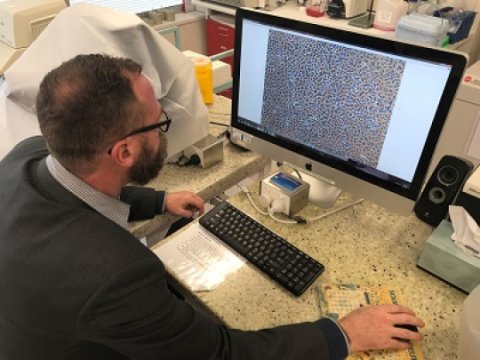
Strengthening privacy protections for My Health Record
Muscle 'switch' may control the benefits of exercise
Latent TB treatment: Shorter is better
After 60 years; scientists uncover how thalidomide produced birth defects
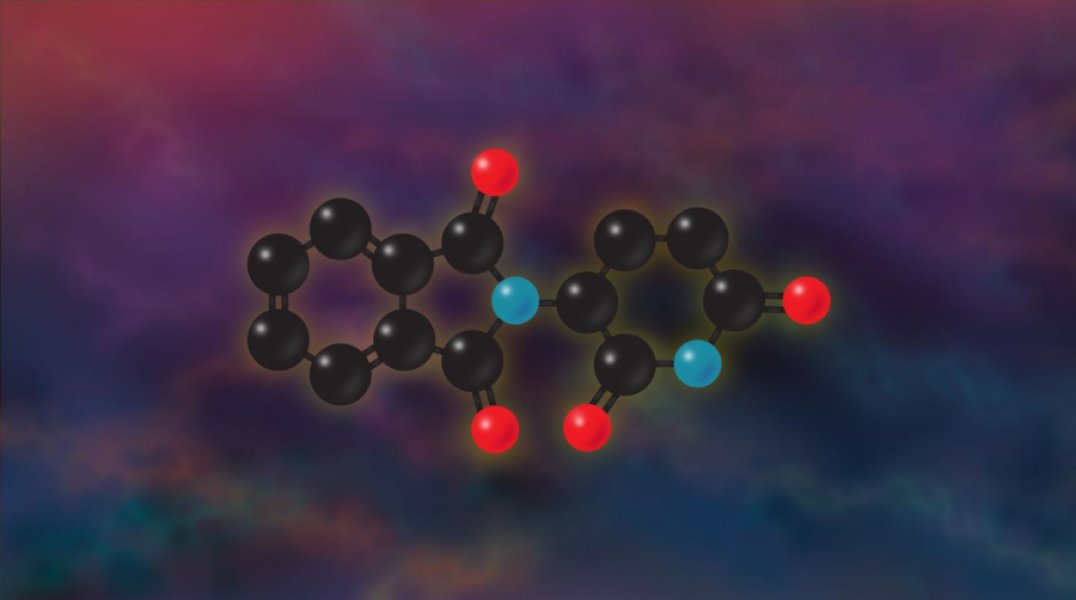
Champions of Indigenous recognition to feature in Mason Conversation
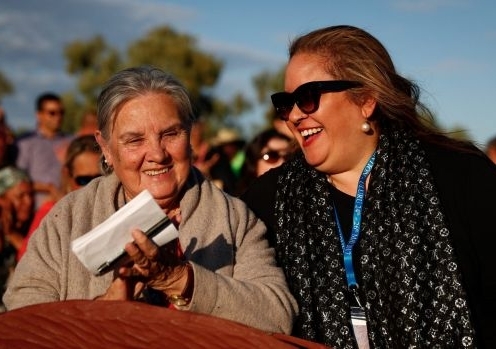
What: The 2018 Mason Conversation
When: Thursday 16 August, 6.30pm-9pm
Where: Law Theatre G04, the Law Building, UNSW Kensington Campus
Details: www.eventbrite.com.au/e/2018-mason-conversation-tickets
Stem cell research to tackle blindness and congenital heart disease in kids
Gas sensing gut pill beats breath test diagnosis

Real or crocodile tears? Psychopaths may not know the difference
Disclaimer: These articles are not intended to provide medical advice, diagnosis or treatment. Views expressed here do not necessarily reflect those of Pittwater Online News or its staff.